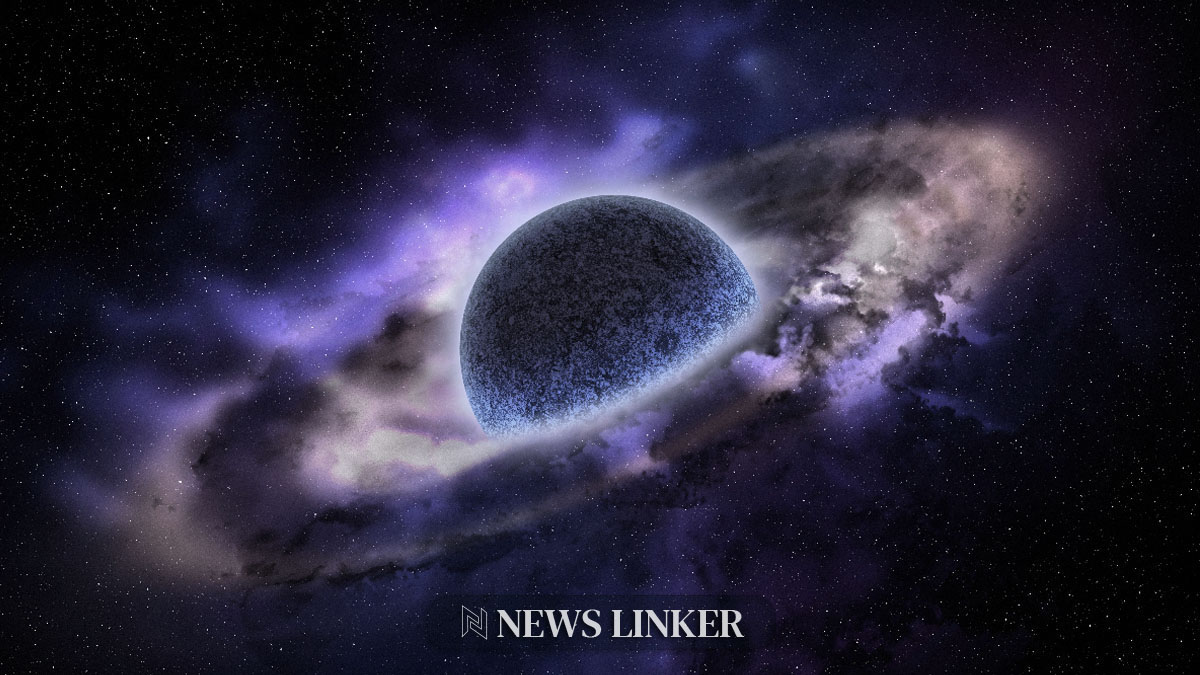The anticipation for Boeing’s Starliner spacecraft’s crewed flight test is palpable as NASA gears up for a historical mission. This test promises to be a pivotal moment in commercial spaceflight, particularly for NASA’s Commercial Crew Program, which aims to facilitate access to the space station from U.S. soil. The mission is not just a test flight but a beacon for future operational missions that will carry astronauts to and from the International Space Station (ISS).
What’s the Launch Schedule?
NASA has outlined a detailed schedule for the upcoming Starliner crewed flight. The mission is set to launch aboard a United Launch Alliance (ULA) Atlas V rocket from Cape Canaveral, Florida. The crew, consisting of seasoned NASA astronauts, will test the spacecraft systems aboard the ISS for approximately a week. This mission is critical as NASA looks to certify the Boeing Starliner for regular crewed missions to the ISS.
How Will the Starliner Dock with ISS?
Post-launch, NASA’s coverage will continue, focusing on the Starliner’s docking with the ISS. This process is meticulously planned, with the Starliner set to connect to the forward-facing port of the station’s Harmony module. This segment of the mission will be critical to assess the autonomous systems of Starliner in real-time and the interoperability with the ISS.
What Comes After the Docking?
Following docking, the astronauts will spend a week aboard the ISS, where they will conduct various tests on Starliner’s systems. This phase is crucial for evaluating the spacecraft’s performance in a space environment and its ability to support life during missions. After these evaluations, the focus will shift to safely returning the crew to Earth, marking the completion of this critical test flight.
In recent years, discussions about commercial spaceflight have increasingly focused on the reliability and safety of spacecraft. For instance, articles from “Space.com” and “Scientific American” have underscored the growing importance of commercial spacecraft in future missions, both manned and unmanned. Notably, “Space.com” in their article “The Growing Pains of Commercial Spaceflight,” elaborates on the technological and regulatory challenges faced by private space companies as they align with governmental space missions.
Moreover, the Journal of Spacecraft and Rockets recently published an article titled “Safety Protocols in Commercial Spaceflight,” which provides an in-depth look at the safety measures and backup systems that are critical for the success of missions like the Starliner’s crewed flight test. This paper underscores the necessity of stringent safety protocols to ensure the protection of crew and equipment during these complex operations.
Key Takeaways from Starliner’s Upcoming Mission
- Crew safety is paramount, with multiple system checks pre and post-launch.
- Successful docking with ISS will demonstrate Starliner’s operational capabilities.
- This mission is a precursor to regular commercial crewed missions to the ISS.
As we look ahead, the successful completion of the Starliner test flight will be a significant milestone. It represents not just the culmination of years of development and testing but also a new era for commercial spaceflight where public-private partnerships can flourish. This mission paves the way for more regular and reliable transportation for astronauts to and from the ISS, potentially increasing the frequency and duration of scientific missions and paving the way for future explorations of deep space.










